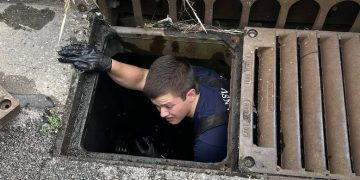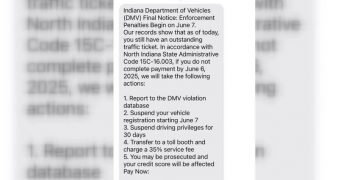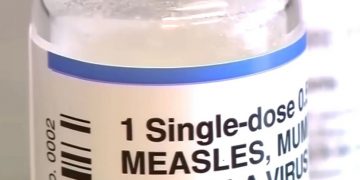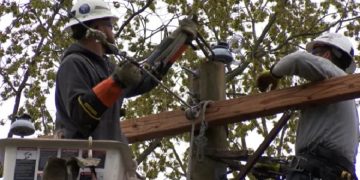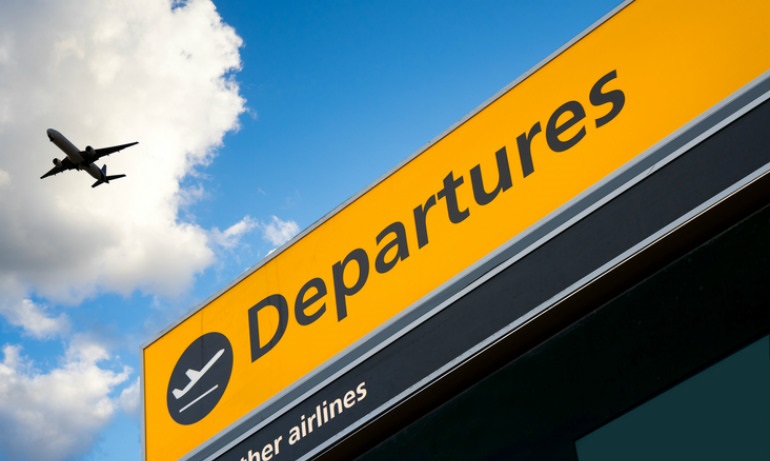Speedway, Indiana – Despite being a modest structure, it is essential. The Indianapolis Motor Speedway’s Emergency Medical Center provides care for spectators, drivers, and members of their teams.
With the exception of a serious medical emergency, staff can treat the majority of illnesses at this institution.
“Anything from basic musculoskeletal injuries, cuts and bruises, and falls, rolled ankles to dehydration, and overindulgences and strokes and heart attacks and diabetic emergencies,” said Dr. Julia Vaizer, Medical Director at the Indianapolis Motor Speedway.
Vaizer oversees a group of nurses and medical professionals at the speedway as they visit the 17 locations on the NTT IndyCar circuit. The clinic has a supply of blood, much like a hospital does.
“The thought behind that is there are rare circumstances and this is something we’ve learned from the past, it may take longer to extricate the driver because of which position they are in and we want to be able to start that blood before they get to Methodist Hospital,” Vaizer said.
The IndyCar series places a strong emphasis on driver safety and has a stringent concussion protocol that emphasizes preventative care.
“Some of the things we pay attention to is not only symptoms the drivers’ experience but we measure the G force their heads experience during the moment of impact,” Vaizer said.
Dr. Vaizer was the first woman to be appointed medical director for IndyCar and IMS in 2022. She is not ignoring the importance of being a trailblazer in a sport that is dominated by men.
“It’s a very humbling experience, it’s exciting, it’s inspiring, I’m very proud to be in this role, but I’m also very humble to be in this role,” Vaizer said.
The IMS race calendar includes 60 additional days in addition to the Indy 500. Each of the events has a medical facility open.





















